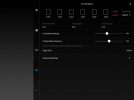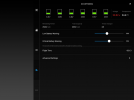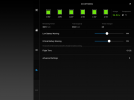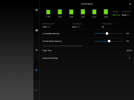I was out flying my I1 which had a battery with 12 charge cycles, i havent used the battery for like 4 months. The battery was fully charged about 12 hours before the flight
The outside temperature was +3 °C.
The battery percentage seemed to go down in a normal speed, but the voltage started at about 3.85 V or something like that and then in like the 30 first seconds went down gradually to 3.73 V.
Then the voltage seemed to stay at 3.73 V for the rest of the about 5 minute flight.
When i looked in the Go app for each individual cell voltage there was a difference of about 0.05 V between the different cells.
Is this voltage and the 30 seconds voltage drop considered normal?
Or was it the relative "cold" weather that messed up the voltage?
The outside temperature was +3 °C.
The battery percentage seemed to go down in a normal speed, but the voltage started at about 3.85 V or something like that and then in like the 30 first seconds went down gradually to 3.73 V.
Then the voltage seemed to stay at 3.73 V for the rest of the about 5 minute flight.
When i looked in the Go app for each individual cell voltage there was a difference of about 0.05 V between the different cells.
Is this voltage and the 30 seconds voltage drop considered normal?
Or was it the relative "cold" weather that messed up the voltage?









